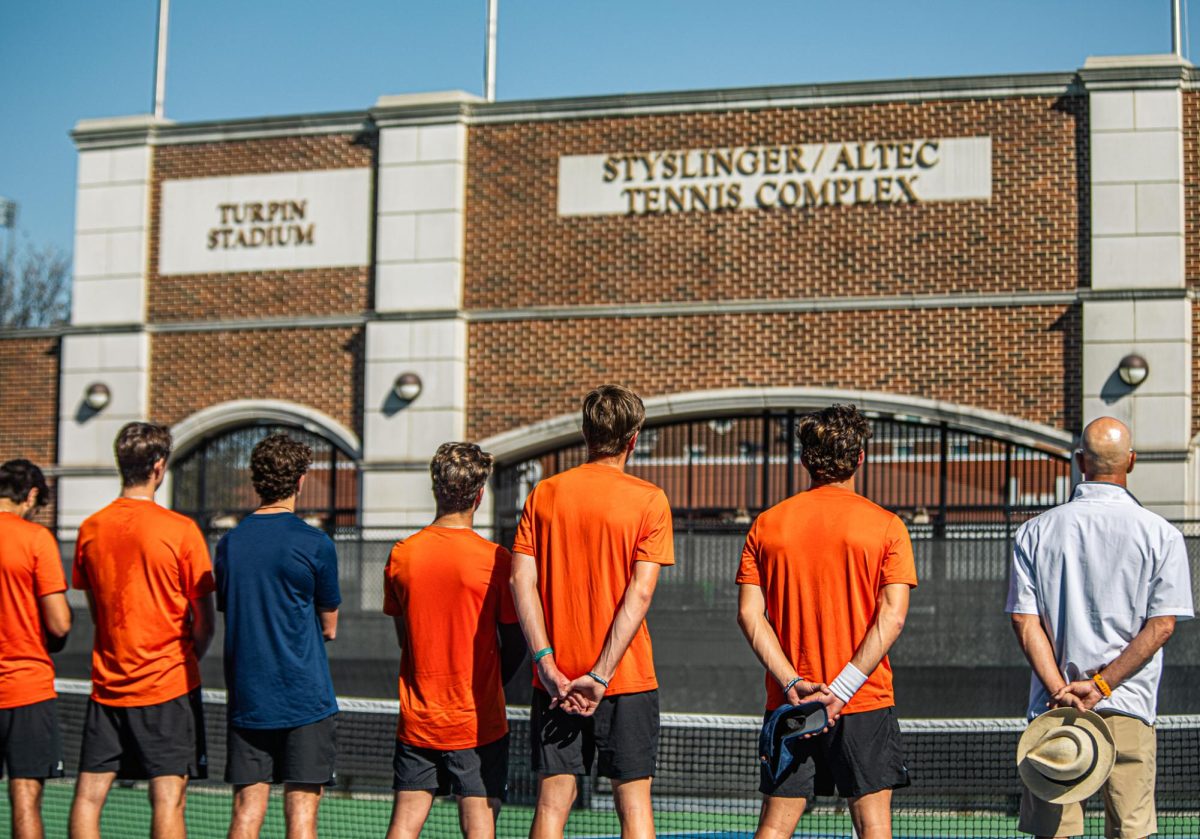The Texas Autocross Weekend is an event held in a parking lot at the University of Texas at Arlington. Arlington invites schools from across the South, including Louisiana State University, Texas A&M University, Oklahoma State University, the University of North Dallas, and about a dozen other universities, to race Formula-style karts on their campus. The event is organized by Dr. Bob Woods, a highly decorated and tenured professor at UT Arlington, who is also the advisor and mentor to the Formula Society of Automotive Engineers program.
This non-competitive event is primarily for fun, resembling an autocross or track day where schools can come out and drive their karts. Participants run timed laps throughout the day, and while competition is not the focus, achieving the fastest lap is certainly enjoyable.
While lap times are important, presenting to a panel of judges is the nerve-wracking part of the competition. The process involves not just racing but also innovating through designing a successful race car. Judges evaluate teams on various aspects, including vehicle design, build quality and the team’s understanding of the vehicle’s development and performance.
Karting took place from 9 a.m. to 12 p.m., followed by an hour-long lunch break where participants enjoyed a taste of Southern hospitality with complimentary barbecue. After a filling lunch of brisket, many participants returned to the track, noting slower lap times as they adjusted to the hearty meal.
The fastest lap of the day was recorded before lunch at 50.3 seconds by UT Arlington’s National Winning Kart. Formula SAE serves as a gateway to other formula classes, such as Formula 4, Formula 3 and Formula 2 and even the most infamous Formula 1. Many participants in the Formula SAE series go on to become race engineers and pursue careers in motorsports, though some partake in it as a hobby. Andy Gonzalez, the electrical lead for UTSA’s Formula SAE team, shared his inspiration for joining the team.
UTSA’s own Formula SAE team participated and set a lap time of 101.255 seconds in their old 2006 car. While their time isn’t the best, the spirit of the event is what matters.
Many karts from other universities come with incredibly high budgets and are significantly newer, boasting advanced aerodynamic packages, weight reduction techniques, carbon fiber components and a slew of racing technology.
The event also serves as a social gathering, where participants can mingle, discuss their karts and seek advice on improvements. Guest speakers, invited by Dr. Woods and his associates, covered topics ranging from wealth preservation to race car dynamics.
Formula SAE, often referred to as “Formula Student,” is an engineering design competition for undergraduate and graduate students that provides essential skills for developing formula-style race karts. These machines are not street-legal and operate at astonishingly high RPMs. While an average road car has a redline of about 6,000 RPM, these engineering marvels can top out around 20,000 RPM. Engineering design is crucial for Formula SAE teams.
“I pursued SAE due to my personal passion for cars and modifying them. A friend in UT was already in the SAE program and led me to discovering the UTSA team,” Gonzalez said. “Our most recent car has been in development for the last two years, and currently undergoing a chassis redesign and suspension refresh,” Gonzales said about the progress of UTSA’s kart and production cycle. “Log as much data for future development and acclimate other drivers to the cars’ feel and driving characteristics.” Gonzales said of his goal with the kart. “It’s really expensive and I would probably only pursue motorsports as a hobbyist, there are enough track days and autocross events to be involved and not completely break the bank,” Gonzales said on whether or not he would go pro.
Overall the event serves to facilitate free and sponsored practice runs for each and every kart. Dr. Woods continues to host these events throughout the year and hopes to continue for as long as possible. Arlington is one of the many stepping stones for what is a lengthy and treacherous journey to compete in a Global event in May at Michigan International Speedway. Schools from the U.S, Germany, Japan and many more come to prove who is the most capable school and to flaunt their engineering prowess.









